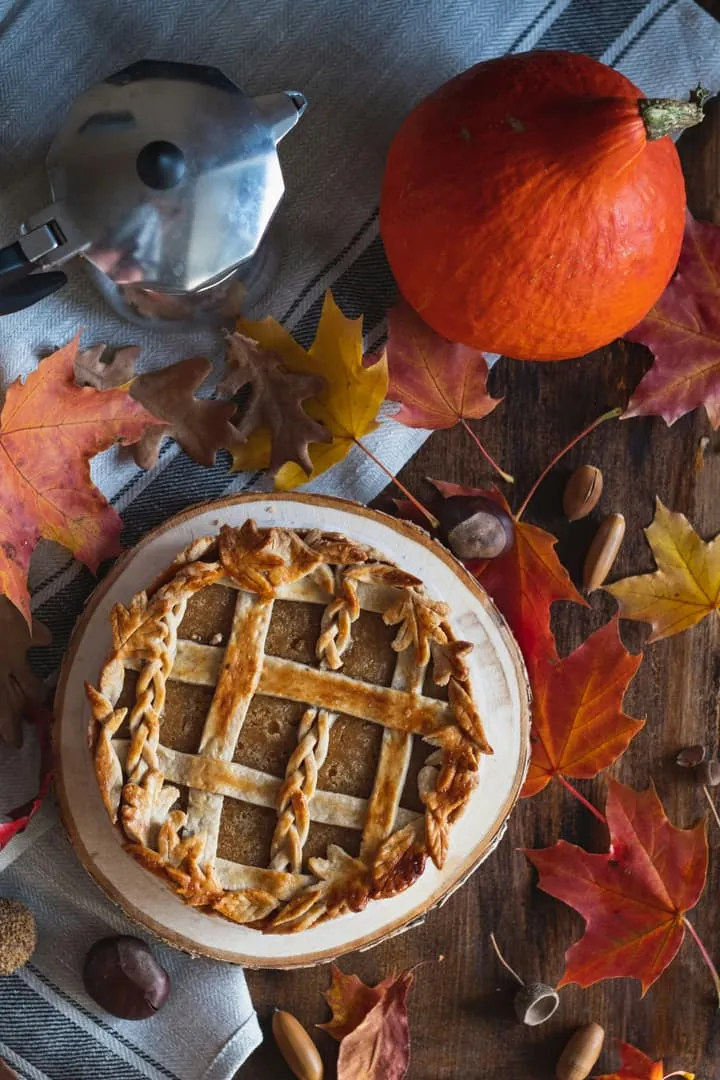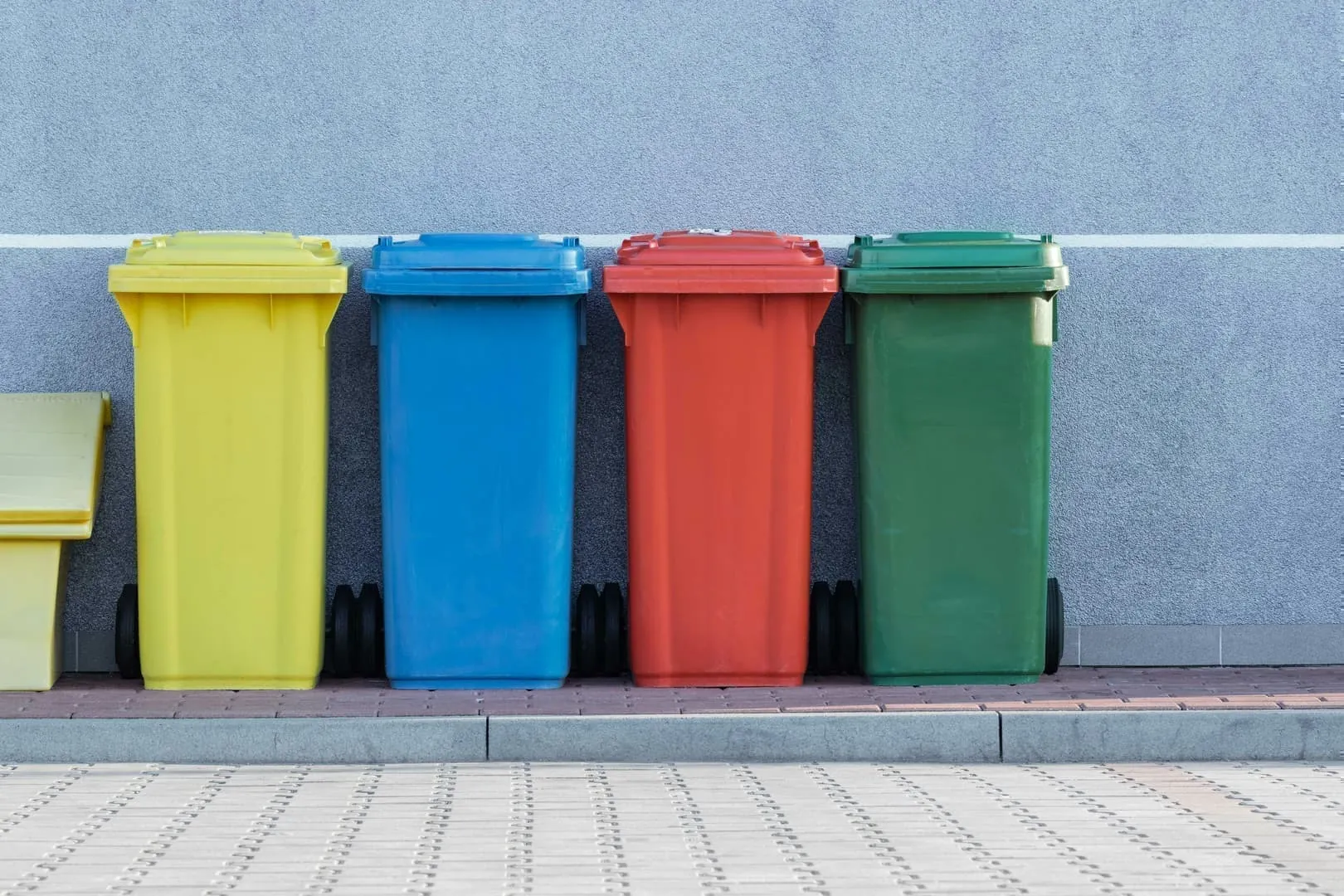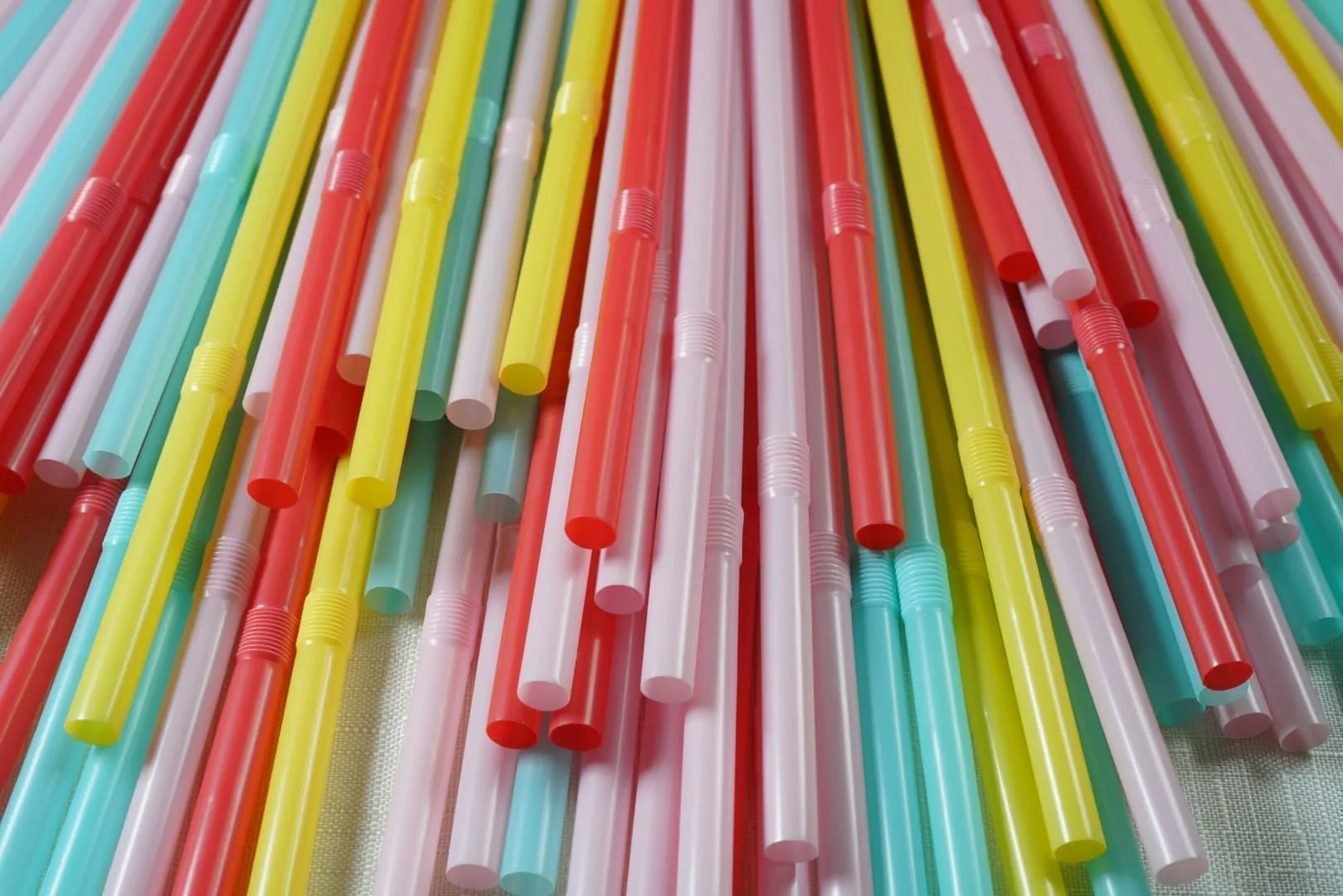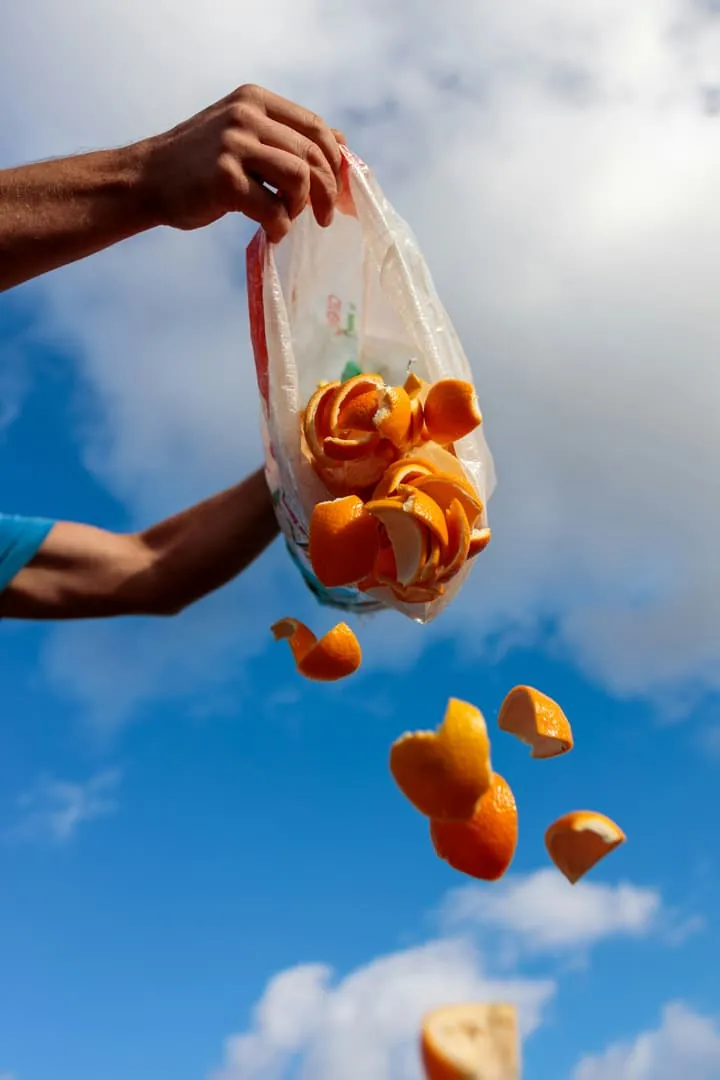
Zero-Waste Cooking: Turning Peels and Scraps into Autumn Dishes
Every household wastes around 30 kg of food per year – often edible peels and scraps. Autumn's soups and slow dishes make it the perfect season to turn leftovers into flavor. Here's how to transform kitchen waste into delicious, eco-friendly meals.
1. Re-value leftovers
Peels often hold more nutrients than pulp – carrot skin has beta-carotene, apple peel fiber and antioxidants. Nothing is waste once you learn how to use it. Stop throwing away edible nutrition and start seeing potential in every scrap.
2. Homemade broths
Keep veggie scraps (leeks, onions, carrots) in a freezer bag. When full, simmer with bay leaves, garlic, and herbs. You'll get a rich homemade stock, plastic-free. This replaces industrial cubes and packaging, giving you full control over flavor and salt content. Learn more about seasonal soups and reducing food waste.
3. Peel chips
Rinse, dry, toss with oil, salt, bake 10 min at 180 °C – crispy, guilt-free chips. Potatoes, beets, parsnips all work. A healthy snack with zero packaging, and kids love the crunch.
4. Green pestos
Carrot-top or radish-leaf pesto = olive oil + nuts + cheese + garlic. Keeps one week or freezes in cubes. Even beet greens work beautifully. It's a perfect way to add greens to pasta, spread on toast, or use as a salad dressing. For more creative cooking ideas, see budget-friendly autumn meals.
5. Sweet surprises
Apple peels → tea. Citrus zest → cake flavor. Stale bread crusts → crumbs or flour substitute. Orange peel can be candied, and lemon peel dried for long-term storage. Every part of the ingredient has potential.
6. Compost = closing the loop
Not everything is edible – tough cores and shells feed compost. Return nutrients to soil, not the bin. This final step ensures that even inedible scraps contribute to the cycle. Check our composting FAQ and learn about reusing before recycling.
7. Organization
Plan meals from leftovers, freeze portions, label dates. You can save up to €400 per year according to ADEME. Less waste = less spending. A well-organized kitchen is the foundation of zero-waste cooking. Explore more tips in our zero-waste kitchen starter guide.
People also ask
Can all peels be eaten? → Wash well or avoid sprayed ones. Organic produce is safer for eating peels. How to store leftovers? → Airtight jars in fridge/freezer. Glass containers work best. Is composting enough? → It's good, but cooking scraps is better. Use edible parts first, compost the rest.
Conclusion: Zero-waste cooking isn't just green; it's creative respect. Every scrap can become flavor. In autumn, a warm broth or crisp peel reminds us – in a mindful kitchen, nothing is lost, everything transforms.
About the author:
Alexandre Dubois is a European sustainability enthusiast who shares practical, tested tips for everyday life. From saving on household energy to reducing waste, he focuses on simple changes that deliver real impact. He writes from personal experience, testing solutions in his own home before recommending them. Contact: info@greendailyfix.com
Related posts

Winter Recycling 2025: 10 Simple Ways to Cut Waste at Home
When winter arrives, we spend more time indoors — and that often means more packaging, food scraps, and waste. But cutting down on winter waste is easier than you think. Here are ten practical ways to enjoy a cozy, sustainable, low-waste season.

Reuse before recycle: how Europeans are giving everyday objects a second life
Before even thinking about recycling, real waste reduction starts with one habit: reusing. Across Europe, millions of households are giving new life to worn or forgotten objects — not out of nostalgia, but out of common sense. From jars to furniture to clothes, almost anything can find a second purpose with a bit of creativity and care.

Goodbye single-use plastic: where does Europe stand in 2025?
Since 2021, the European Union has banned a range of single-use plastics such as straws, cutlery, and some food packaging. Four years later, change is visible, but progress remains uneven across countries and sectors. Where do things really stand in 2025?

Cutting food waste without becoming rigid
Every time I throw food away, it feels like I'm tossing money straight into the bin. And I'm not alone: the average French household wastes 20 kg of food a year, including 7 kg still in packaging. That's about €240 gone. But there are simple ways to cut this waste without turning daily life into a strict routine.